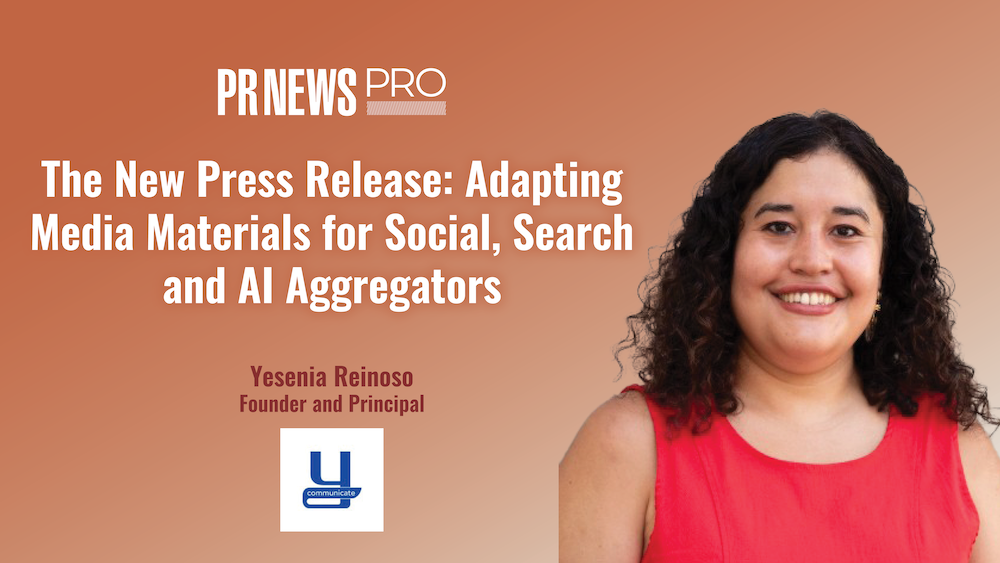 New media marketers may be missing sales opportunities by ignoring old media tactics, says King Fish Media CMO Gordon Plutsky. Chief Marketer spoke with Plutsky about the advantages direct mail can offer online merchants.
New media marketers may be missing sales opportunities by ignoring old media tactics, says King Fish Media CMO Gordon Plutsky. Chief Marketer spoke with Plutsky about the advantages direct mail can offer online merchants.
Chief Marketer: Why should online marketers consider the traditional mail channel viable?
PLUTSKY: Online pure play companies' main way of conversing with customers and prospects is through e-mail and social channels. There is less direct mail than there used to be, and physical mailboxes aren't as full. But email mailboxes, both work and personal, are full of offers from every company a consumer has ever done business with, as well as unsolicited email and spam.
By reaching a consumer through the mailbox, a marketer creates a different type of conversation. It's more thoughtful. It provides recipients with a designed mail piece for them to look at and make a more considered purchase.
CM: Do consumers react differently to direct mail versus email pieces?
PLUTSKY: If a marketer has a current relationship with someone, email is the most efficient way to speak with them. But email tends to be less crafted. Email has a small footprint – buy something now. We haven't heard from you – please buy something now.
A print piece [embodies] more of a shopping and discovery process. It's fun to discover things you might not have seen before, as opposed to having a sale item or two pushed at you. The trick is to establish that immersive environment versus the push environment.
CM: Do marketers need to re-learn how to use mail?
PLUTSKY: Yes. Just sending circulars or price-related stuff is probably wasting money and killing trees. People should think about storytelling and content and engagement when using the mail. There is still going to be section of customers who want to get circulars from supermarkets or Target. That is great for here and now transactions, but not if you are looking to move from a price promotion to a longer term value relationship.
With magalogs and catalogs, design really matters. Marketers should use storytelling as opposed to the usual product shots in front of a blank background. When you create an emotional connection using storytelling, you do a better job of building affinity and trust. Build that, and you are more likely to see an action taken, with the action being a purchase. Just presenting products and prices is not an enticing or immersive environment.
CM: You're not advocating that online marketers stop sending email, are you?
PLUTSKY: No. They should continue to send email, but for people who have stopped buying from them, or prospects, giving a more thorough, well-designed catalog is a better way to go then hammering them over the head with email.
If CMOs think they can just blast customers with buy-now emails and trite things on Twitter, they're wrong. That's not marketing. Companies are generating huge databases of lapsed customers because [the customers] are tired of being over-solicited.
CM: From an analytics standpoint, do marketers sacrifice anything when they choose to use an offline channel like mail?
PLUTSKY: With digital and electronic catalogs, there are a lot of great ways to look at analytics. With print, a marketer does a matchback and can look at new customers or orders generated. We have done matchbacks and attributed sales to a specific mailing we did [on behalf of our clients], particularly for new customer acquisition efforts. Additionally, customers use codes printed on the catalogs when placing orders online.
We use a rule of thumb of six weeks [for attributing sales to a specific catalog mailing]. Depending on the nature of the product, it can be shorter or longer. But you do get that staying power. A catalog can stay in a household and be passed around.
CM: Are there measurements specific to catalog mailings marketers should consider?
PLUTSKY: We aren't concerned with consumption metrics – who read what, or how many downloads were made. That's nice, but we focus on sales. We look at the number of people who come in through a catalog [as tracked through methods mentioned above], average cart size, average purchase in terms of both dollars and products. We look at the average customer who comes in through a catalog versus an average customer and investigate whether they are buying more products, or different types of products.
There's another metric which is really important. If the buyer is a lapsed customer, someone who has not made a purchase for a year, knowing you have reignited that customer is a huge metric. The hope would be once you get them back into the fold you could talk to them through electronic means. The goal is to get them to start talking to you on Facebook and Twitter, and build the permissions [for using these less expensive communication channels] in the relationship.
CM: Are there audiences that are more receptive to print solicitations than others?
PLUTSKY: We have found that the audience that enjoys print most is females starting in their late 20s. Marketers who are marketing to [younger] millennials will want to focus on digital, social and mobile efforts, especially due to the green marketing aspect. Their lives are different from someone in her late 40s who didn't grow up with magazines and direct mail.
CM: Couldn't you argue that the millennial generation is under-solicited through traditional mail?
PLUTSKY: There isn't a lot of noise [mail pieces] would be competing with, but I don't think that is how they want to be communicated with. Put yourselves in the customers' shoes. People that age don't even email that much. They text, or IM through social media. If you want to talk to that audience, you'll need to speak with them the way they want to be spoken to. But an audience that is middle aged—that is an audience that really appreciates a well-done mail piece.



